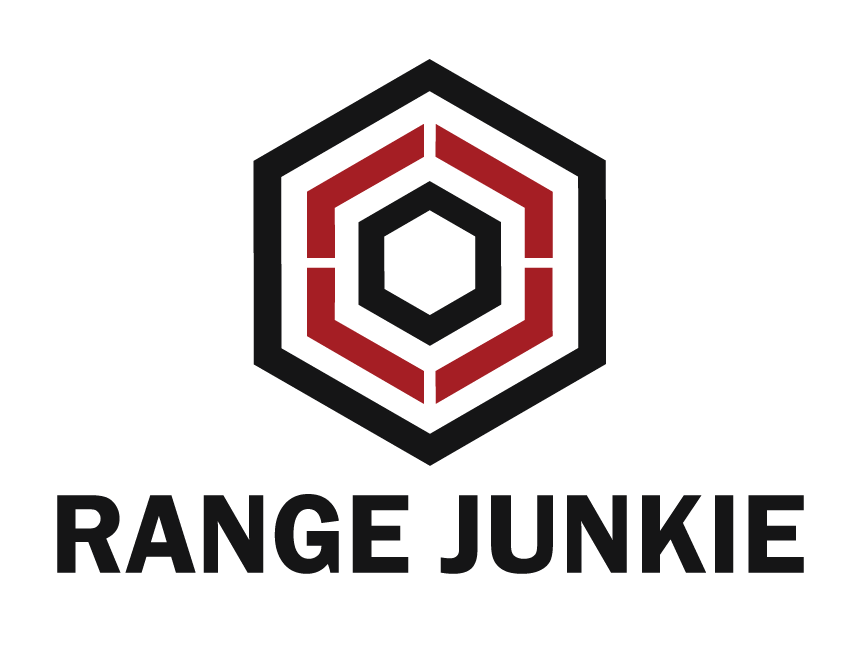Shooting sports demand discipline, focus, and performance. But there’s one silent competitor most of us didn’t sign up for—lead. Whether you’re burning through rounds on an indoor range or fine-tuning your loads at the reloading bench, lead exposure is a real and often overlooked risk in our world.
The Hidden Threat: Where Lead Comes From
Lead exposure in shooting sports primarily comes from three sources:
1. Primers – Most standard primers use lead styphnate, which releases airborne lead when ignited.
2. Bullets – Non-jacketed or partially jacketed bullets can leave microscopic lead particles in the air, especially when fired indoors.
3. Reloading – Handling lead bullets, cleaning brass, or dealing with spent primers all introduce lead into your workspace—and your body.
Over time, even small exposures can accumulate and lead to lead poisoning, especially for those who shoot or reload frequently.
Symptoms and Effects of Lead Poisoning
Lead poisoning doesn’t always shout—it whispers. Symptoms may include:
• Fatigue or irritability
• Headaches and joint pain
• Memory issues and concentration difficulty
• Abdominal discomfort
• High blood pressure or fertility issues in long-term exposure cases
And here’s the kicker: even if you feel fine, your blood levels could be elevated. Many competitive shooters are shocked after their first blood test.
Reload Responsibly: Precautions at the Bench
If you reload, you’re right in the danger zone. But smart habits can make a huge difference:
• Wear nitrile gloves when handling bullets or sorting brass.
• Avoid eating, drinking, or smoking at your bench. Keep it a clean zone.
• Wet-tumble or ultrasonic clean brass to reduce airborne dust.
• Use a HEPA-filtered vacuum or damp cloth for cleanup—never dry sweep.
• Wash hands thoroughly (preferably with D-Lead or similar soap) after every session.
Indoor Ranges: Know the Risks
Indoor ranges can concentrate airborne lead—especially those with poor ventilation. That mist in the air after a string of fire? That’s not just smoke—it’s microscopic lead.
Tips to protect yourself indoors:
• Choose ranges with proper ventilation systems and ask questions if you’re unsure.
• Limit exposure time and avoid extended practice without breaks.
• Use jacketed bullets or lead-free ammo when possible.
• Consider wearing a particulate respirator (N95 or better) during high-volume sessions.
• After your session, change clothes and shower to avoid bringing lead dust home—especially if you have kids.
The Competitive Advantage of Clean Habits
Whether you’re a weekend warrior or a podium chaser, staying healthy means staying in the game. Lead exposure is preventable—but only if you respect it.
Pro tip: If you shoot or reload regularly, get your blood lead levels tested at least once a year. It’s a simple blood test that can provide peace of mind—or give you the early warning you need to take action.
When booking your appointment, talk to your doctor. Let them know you’re regularly exposed to lead through shooting sports, especially if you spend time at indoor ranges or handle ammunition and components through reloading. Explain your concern about lead exposure and request a blood lead test specifically. Many physicians won’t think to run this unless you ask.
Remember: you don’t have to feel sick to be affected. Elevated lead levels can build up silently over time—catching it early is key.
Final Shots
We train hard to sharpen our skills. Let’s train just as hard to protect our health.
Lead exposure is real—but it doesn’t have to be part of the game.
Shoot smart. Reload clean. Stay in the fight.
Train to Compete. Compete to Win.


Share:
The Way of Jiro: Lessons in Mastery for the Competitive Shooter
Speed vs. Accuracy in IPSC: When to Go Full Send, When to Slow Down